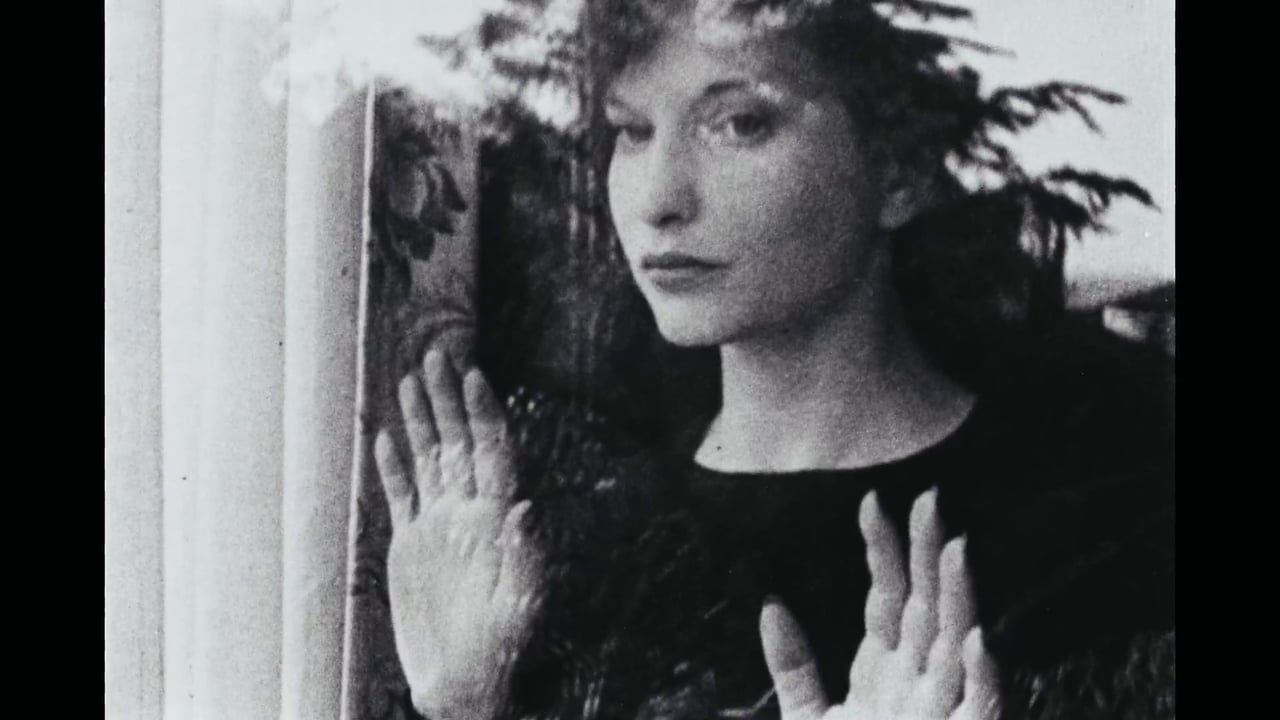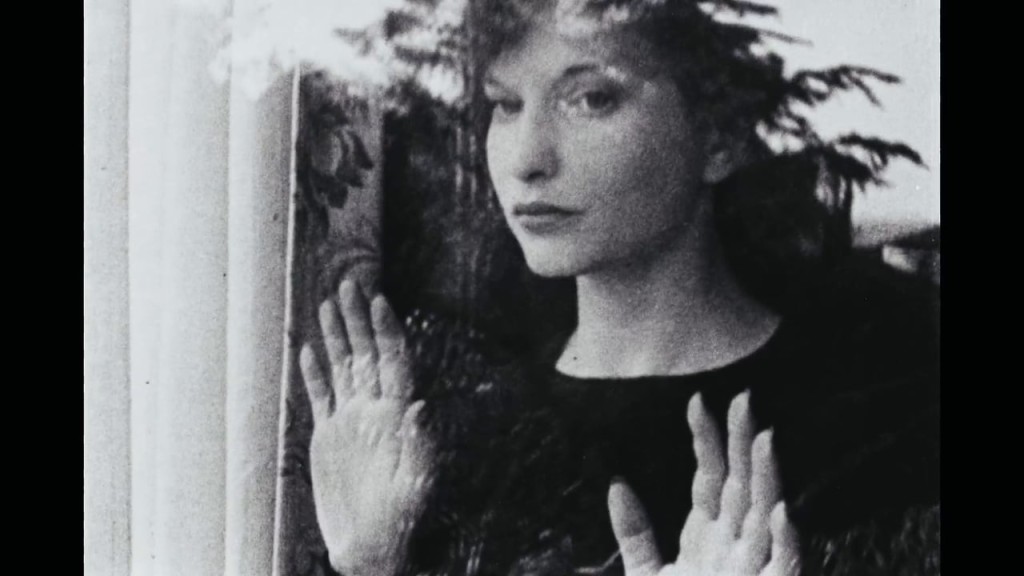One of the most influential filmmakers in American cinema and a pioneer in dance films, Maya Deren (1917-1961) believed the function of film was to offer a viewer an experience that would evoke new conclusions. As with her poetry, Deren’s focus continually evolved and remained dynamic as she combined her interests in subjective psychology, dance and Haitian culture in her short films. Deren’s best-known and most influential experimental film, Meshes of the Afternoon (1943), beautifully combines poetic elements with cinematic devices. In 2015, the BBC hailed it as one of the top 100 greatest American films. Deren’s popular cinematic works also include At Land, Ritual in Transfigured Time, Meditation in Violence, and A Study in Choreography for Camera.
Maya Deren best expressed her view of the freedoms of independent cinema when she said, “Artistic freedom means that the amateur filmmaker is never forced to sacrifice visual drama and beauty to a stream of words…to the relentless activity and explanations of a plot…nor is the amateur production expected to return profit on a huge investment by holding the attention of a massive and motley audience for 90 minutes…Instead of trying to invent a plot that moves, use the movement of wind, or water, children, people, elevators, balls, etc. as a poem might celebrate these. And use your freedom to experiment with visual ideas; your mistakes will not get you fired.”
‘Meshes of the Afternoon’ and its Influence
Using a second-hand Bolex camera, Deren and husband Alexander Hammid created Meshes of the Afternoon. It was the first narrative work in avant-garde American film, establishing the New American Cinema. The editing and filming techniques used in the short have a deep sense of rhythm and create a sense of continued motion through discontinued space, conveying a deeper meaning of discomfort and distrust. The abandoning of the concepts of space and time in the film, the juxtaposition of shots, and multiple views of “self” convey a stream of consciousness that breaks viewer expectations.
Compelling themes throughout Deren’s work include reflection, dreaming, vision, ritual, identity and rhythm. Meshes of the Afternoon directly inspired David Lynch, John Coney, Su Friedrich, Stan Brakhage, Kenneth Anger and other major traditional and experimental filmmakers.
Deren on the Freedoms of Independent Cinema
When discussing the liberties of independent cinema, Deren was opposed to Hollywood’s practices and standards. She felt that artistic freedom meant never sacrificing visual beauty and drama to spoken lines and explanations of plot. Deren took advantage of movements that happened naturally—the wind blowing, balls bouncing, water running—rather than invent plots. She stated that when an artist uses his or her freedom to experiment with visual ideas, mistakes are forgiven.
At the 1953 Poetry and Film Symposium, Deren stated that poetry “is an approach to experience.” She explained that a poem’s structure makes it distinct. Its construct is the result of a situation’s vertical investigation, as it looks into a moment’s implications, qualities and depth. Deren stated that the result is poetry that doesn’t focus on what’s happening, but on how a situation feels or means.
Filmmaker and Poet, Ann Huang, has long been inspired by the Deren’s works. Cinematic and poetic visions influenced her first film, Palpitations of Dust. Reviews received from a film festival’s screening committee further support that Huang’s work reflects the freedom ideas promoted by Maya Deren:
“Interesting juxtaposition of the actors and artwork with the poems.”
“Loved the dichotomy of the Renaissance art with the visuals of the film.”
Surrealists suggest that art is a part of life. Therefore, it is vital that filmmaking be viewed as pure and keen as automatic writing or poetry writing. Poetry, filmmaking and other forms of art make the invisible, undocumented moments in an individual’s life tangible. For example, these moments are eloquent yet mysterious, wise yet innocent, and charismatic yet elusive. The portion of existence that survives without an audience must be preserved for an artist to remain whole.


